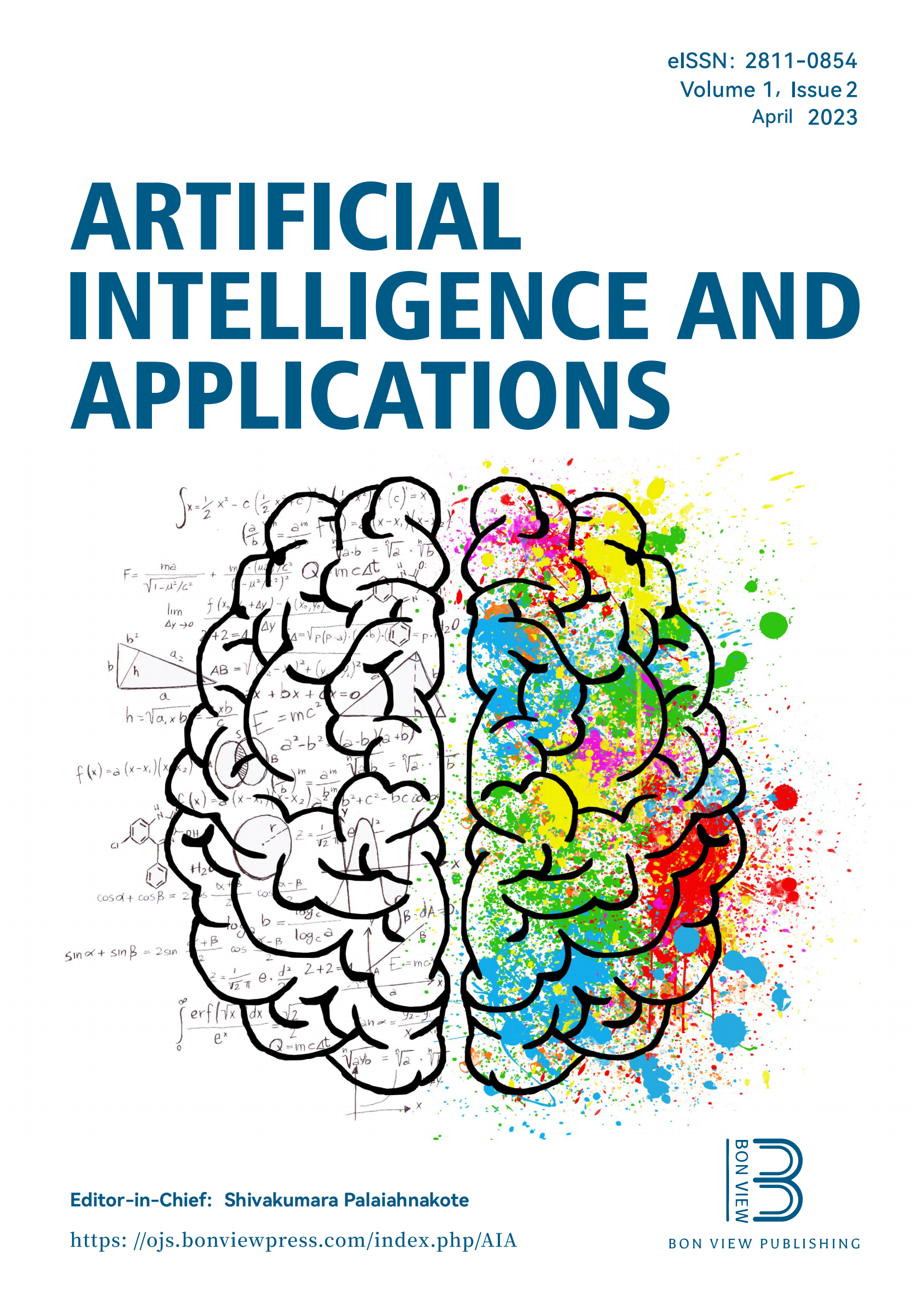Review on Discrimination of Hazardous Gases by Smart Sensing Technology
DOI:
https://doi.org/10.47852/bonviewAIA3202434Keywords:
smart gas sensor, algorithm, hazardous gasesAbstract
Real-time detection of hazardous gases in the ambient and indoors has become the prime motive for curbing the problem of air pollution. Keeping the concentration of hazardous gases in control is the main task before human society so as to keep environmental balance. Researchers are concentrating on smart sensors because they can detect and forecast the presence of gas in real-time, provide correct information about gas concentration, and detect a target gas from a mixture of gases. This smart gas sensor system can have applications in the field of military, space, underwater, indoor, outdoors, factories, vehicles, and wearable smart devices. This study reviews recent advances in smart sensor technology with respect to the material structure, sensing technique, and discrimination algorithm. Focus is given on reducing the power consumption and area of a sensor circuitry with the help of different techniques.
Received: 29 September 2022 | Revised: 10 February 2023 | Accepted: 27 February 2023
Conflicts of Interest
The authors declare that they have no conflicts of interest to this work.
Metrics
Downloads
Published
Issue
Section
License
Copyright (c) 2023 Authors

This work is licensed under a Creative Commons Attribution 4.0 International License.






